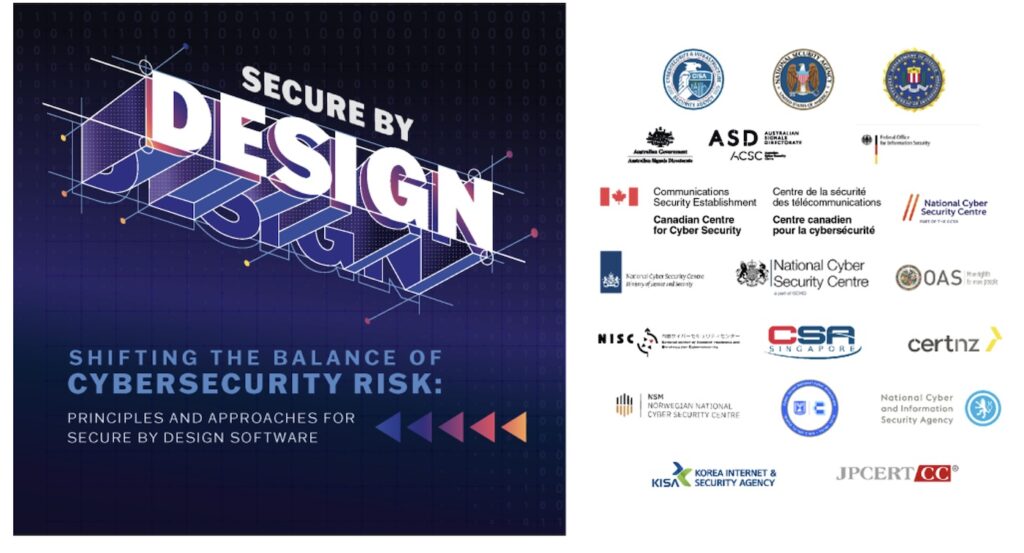
August 7, 2024 at 08:54AM
The term “secure by default” refers to products and services being designed with built-in security measures, such as backup protocols or defaulting to more secure pathways. Initiatives like “secure by design” aim to enhance security principles. For companies, implementing security systems is necessary due to infrastructure, configuration, scope, and feature updates. It’s important to continuously review and evaluate new security features for third-party cloud vendors.
The term “secure by default” refers to a design approach in which systems and products are initially configured in their most secure state, minimizing potential vulnerabilities and the need for manual configuration. It encompasses implementing backup security protocols, defaulting to more secure pathways, and continuously reviewing and updating security features. It seeks to provide a hardened configuration that minimizes potential attacks and ensures ongoing protection.
The “secure by design” initiative, led by the Department of Homeland Security, builds on these principles, emphasizing the importance of secure default settings in enhancing overall security.
As companies implement security systems and protocols, they often face challenges arising from infrastructure, configuration, scope, and feature updates, which can introduce new attack surface areas and potential vulnerabilities. Addressing these challenges often involves necessary security and privacy initiatives to safeguard the company.
The concept of “secure by default” is particularly relevant when considering third-party cloud vendors, especially regarding critical functions such as email and identity management. It’s important to view “secure by default” as a continuous control that requires ongoing review and evaluation. Platforms like Gmail and identity providers such as Entra ID, Ping, and Okta should be regularly assessed to identify and adopt new security features for the organization.
In summary, “secure by default” represents a proactive and ongoing approach to security, encompassing best practices in initial configuration, continuous review, and the adoption of new security features to ensure robust protection against evolving threats.